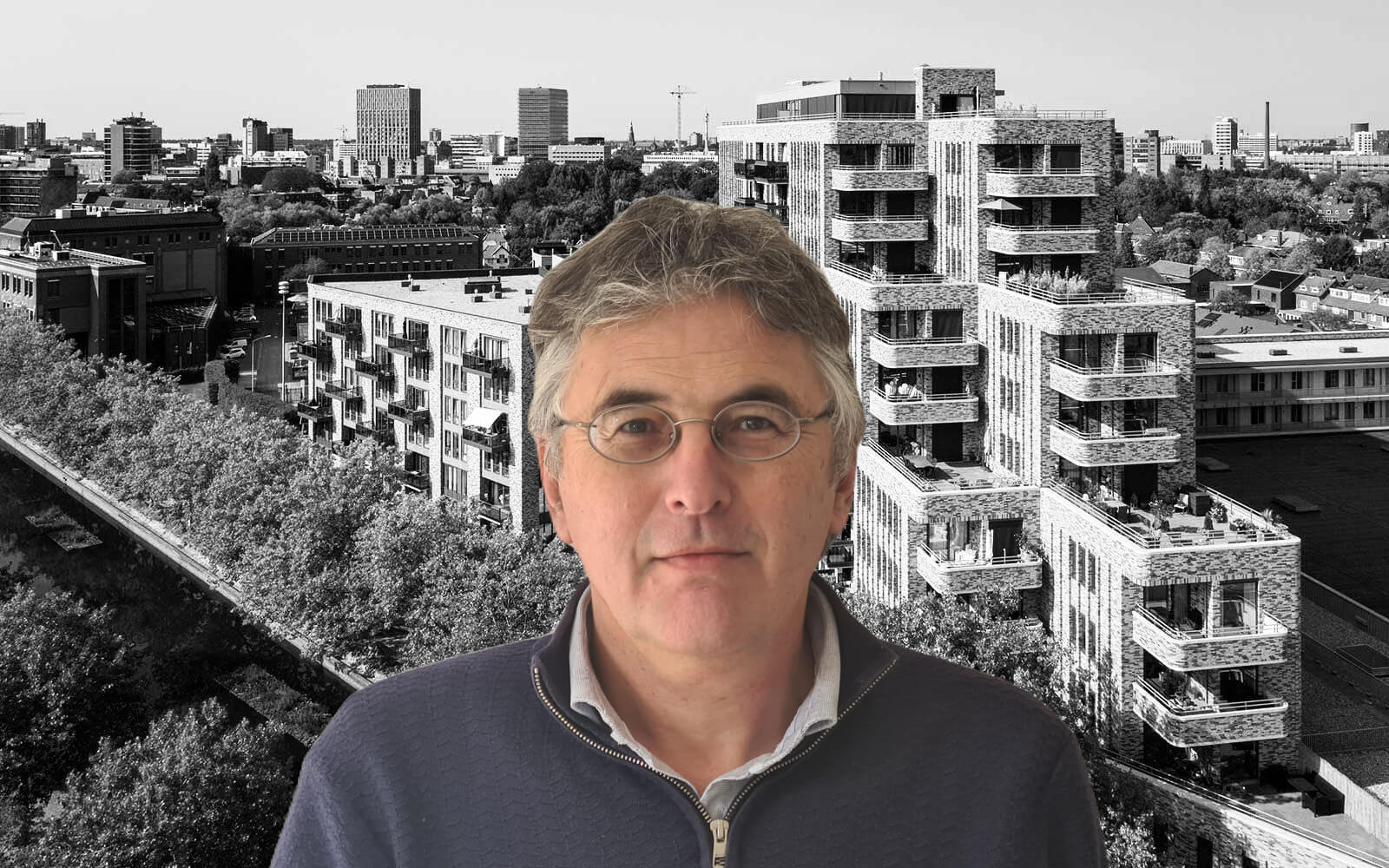
The Dutch government is coming up with a whole host of measures to stem the tide of the turbulent housing market. That list is growing steadily. Cutting back on tax breaks for homeowners. A lower land price for social housing. Scrapping the landlord levy. Ordinances that set minimal percentages for social housing – rental and purchase – for specified target groups. Equalization funds that skim off one-off amounts from developers. Smart purchase schemes. The occupier-owner obligation. Municipalities exercising their first right of purchase of land. Granting first right of purchase to residents of properties they then wish to buy.
This is just a small sample from an almost endless list. Apart from all that, unprecedented amounts of public money are going to large-scale housing estates in order to accelerate housing construction and absorb the unprofitable caps that this boom apparently is unable to cope with.
What has this achieved so far? According to the population projections of Statistics Netherlands (CBS), by 2030 the Netherlands will count 8.7 million households. This means an increase in the number of households by 800,000. In order to accommodate everyone, more homes are undoubtedly needed. Still, current urban planning already foresees the construction of no less than 961,300 residences. This means that the planning capacity is more than 130 per cent of the demand. Good news then. Quantity is no longer the biggest problem. Not to mention the fact that the housing shortage is, in principle, scientifically difficult to quantify and, as is the case with inflation, a certain amount of shortage may even be desirable.
Ruthless forces
Then there is the issue of affordability. This most important challenge for an inclusive future is something entirely different. For almost a decade, there has been a sharp rise in prices on the housing market, creating a shortage of affordable homes while at the same time increasing the revenue potential of housing development. This is having a major impact on the strategies adopted by property developers and investors. The city is becoming increasingly more of a hub of unbridled accumulation of capital, where ruthless forces prevail. Forces that can only be resisted by a counterforce. And that, while the Netherlands, after decades of deregulating policies, has less and less national control over where, for whom and how much is built and how affordable it all is.
Within this context, EHVXL, a knowledge and community platform for urban development in the Eindhoven metropolitan region, studied housing programs which had desirable quantities and types of new housing across a cross-section of municipalities. It turned out that these municipalities employ all kinds of methods to regulate the housing market that tend to be restrictive and have a temporary or one-off impact. Perhaps most importantly, they all have very little, but above all, no lasting influence on the determination of housing prices. Consequently, the actual implementation of these programs will invariably not lead to affordable inclusive cities and towns. Not in the short term and certainly not in the long term.
Fragmented research
In order to turn the tide, innovation is urgently needed. A new model for an affordable and inclusive living environment must be developed in which the public and private domains are interrelated in a new way. Why wasn’t this done a long time ago? Why not concentrate our national knowledge infrastructure on this key issue? Write a few A4 sheets and build coalitions to implement that model. No fewer than 20 professors are now busy doing fragmented research into the housing market. Cheerfully looking retrospectively, riding their own hobbyhorses without any kind of central coordination or focus. Rare initiatives to do what is needed come from the social domain and end up dead in the water.
Yet so many opportunities remain untapped. We are all constantly busy trying to create an even better living environment. Which, of course, is also progressively gaining in value. So, there is plenty of money. Unfortunately, some of it ends up in the wrong place. In the Netherlands, local authorities make few, if any, demands in terms of compensation for not recovering their costs from developers, let alone make any demands for the future development of more value. On the other hand, you constantly hear from developers and governments: ‘We can’t make ends meet, we have to postpone, scale down or even cancel projects.’ Even during this boom period, with the unprecedented financial support from the government.
Why not use part of that future value that we all create for the benefit of society? This seems to be a very obvious choice for the core of a new model. There are no rules or laws that stand in the way of this. And there are plenty of examples all over the world on how to make an increasingly value-based living environment not only affordable, but also more inclusive – not to mention more sustainable.
About this column
In a weekly column, written alternately by Eveline van Zeeland, Eugène Franken, Katleen Gabriels, Carina Weijma, Bernd Maier-Leppla, Willemijn Brouwer, PG Kroeger and Colinda de Beer, Innovation Origins tries to figure out what the future will look like. These columnists, occasionally joined by guest bloggers, are all working in their own way on solutions to the problems of our time. So that tomorrow is good.
Here are all the previous articles in this column.







